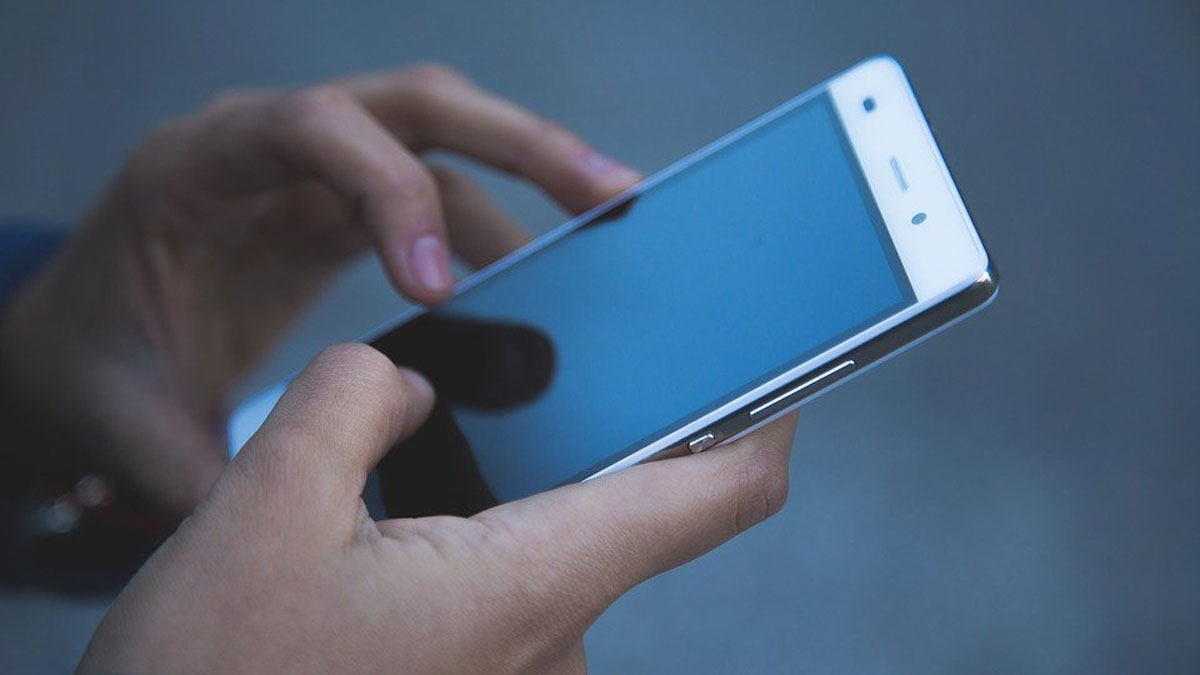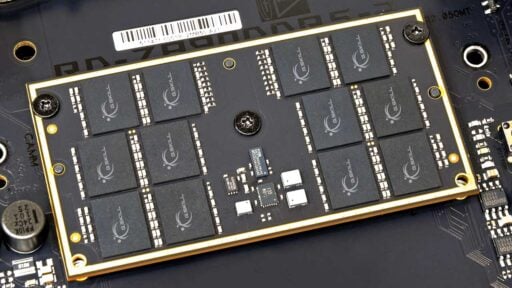Our phones hold the most valuable information about us, and because backing up files and documents can be time-consuming and tedious, we don’t always do it as regularly as we should. So, what happens if you delete a file by mistake, or even worse, your phone no longer functions the way it used to? How can you recover files from your phone?
Table of Contents:
Switch to Airplane Mode
The first step you need to do in order to retrieve any accidentally deleted files is to make sure nothing new is added to your phone. Time is of the essence, and so switching your phone to airplane mode will guarantee that no new updates will occur or that new messages or photos will be sent. New incoming files tend to take up space replacing those of deleted files, so it is better to try and access and retrieve those files, to bring them back to life as soon as possible.
Use Data Recovery Software
There are many softwares available with the sole purpose of recovering and backing up important documents, but not all of them work on both Android and IOS operating systems. So, once you’ve found one that seems to do the job, just check whether it will work for your phone. It is also best to check reviews to understand the feedback of previous users. The article FonePaw Data Recovery Review: Android and iOS System Recovery could help determine whether it will work for the issue you have. According to previous users, you’ll be able to understand exactly what needs to be done and follow the steps to recover your lost files.
Allow Debugging
For any data recovery software to work, it has to gain access to your phone, so you can set it up for debugging. You can do this by going into your phone settings, switching it to developer mode and checking the option for USB debugging.
Scan Your Phone for Lost Data
After plugging your phone into a laptop or computer and installing a data recovery software, it’s time to start scanning your phone for lost files and seeing whether the software will be able to pick them up or not. This part can be quite tedious as it will require you to go through any deleted files on your phone that are still stored. It does not distinguish between items that are actually trash and items that you’ve deleted by mistake. Depending on the app you’re using, it can ask you to specify which type of file you’re looking to recover and focus on just those lost photos or attachments.

Once you’ve selected the option you want, get ready to let your phone do its magic, once you click on start.
Browse the Files You Want to Restore
Whether it’s images, phone logs, emails, voice notes, or even messages, you’ll be able to browse whatever files you allowed access to in the previous step. After selecting the files, you will want to retrieve them, all you have to do is click on recover, and voila! You finally have your missing documents again.
Back up
To avoid losing your files forever, it is best to always have backups of your important documents.
SD card: having an extra memory card in your phone doesn’t just give you more memory but also allows you to use it as a backup for your files. However, you’d still need to back up the documents on your SD card somewhere else to make sure that they don’t get lost if you lose your phone or SD card.
Sync: When it comes to syncing, there are numerous options. You can either sync files to your email account and later on access them through it, or you can choose to sync to cloud storage. Depending on your operating system and the capacity of the storage you have on your cloud account, this could save you a great deal of time and effort and won’t require you to have to get the job done manually. So, even if you’re on a trip and taking lots of photos, you’ll know that these memories are being automatically synced to your cloud account.
Manual backup: In order to do this, you’ll need a laptop or a pc with enough space, or an external hard drive that you can connect it to. Select your files and copy them into the area you want them to be saved in. It is worth mentioning that as most files are pretty big, it does take a lot of time to transfer. However, it can also be left to copy on its own without you having to sit in front of the screen, waiting for every file to be copied. So, if you’re working on your computer, or even watching a movie, you can set it up and leave it to transfer while you do other tasks.
The other advantage of manual backup is that you can choose which files, categories, or documents you want to backup instead of having all the useless items on your phone taking up more space on your hard drive, too. This will allow you to not only screen your documents but also get organized, making it easier for you to access a photo from 2001 according to an event or trip during that time frame.
While manual backup can be a tedious task, it is usually the most effective as you not only know where you’ve stored your items but also how to retrieve them without much of a hassle. The only downside is that because it is a time-consuming task, many people tend to be lazy in frequently backing up their files, making it easy for you to lose any data you haven’t saved in the long period between backups.
Losing important data on your phone can be heartbreaking, especially if they’re memories that you can no longer re-live. So, it is always best to ensure you regularly back up your files, but if not, going through a simple data recovery process and applying the above steps will hopefully help you get the documents you need while keeping your memories and important documents alive and safe.




